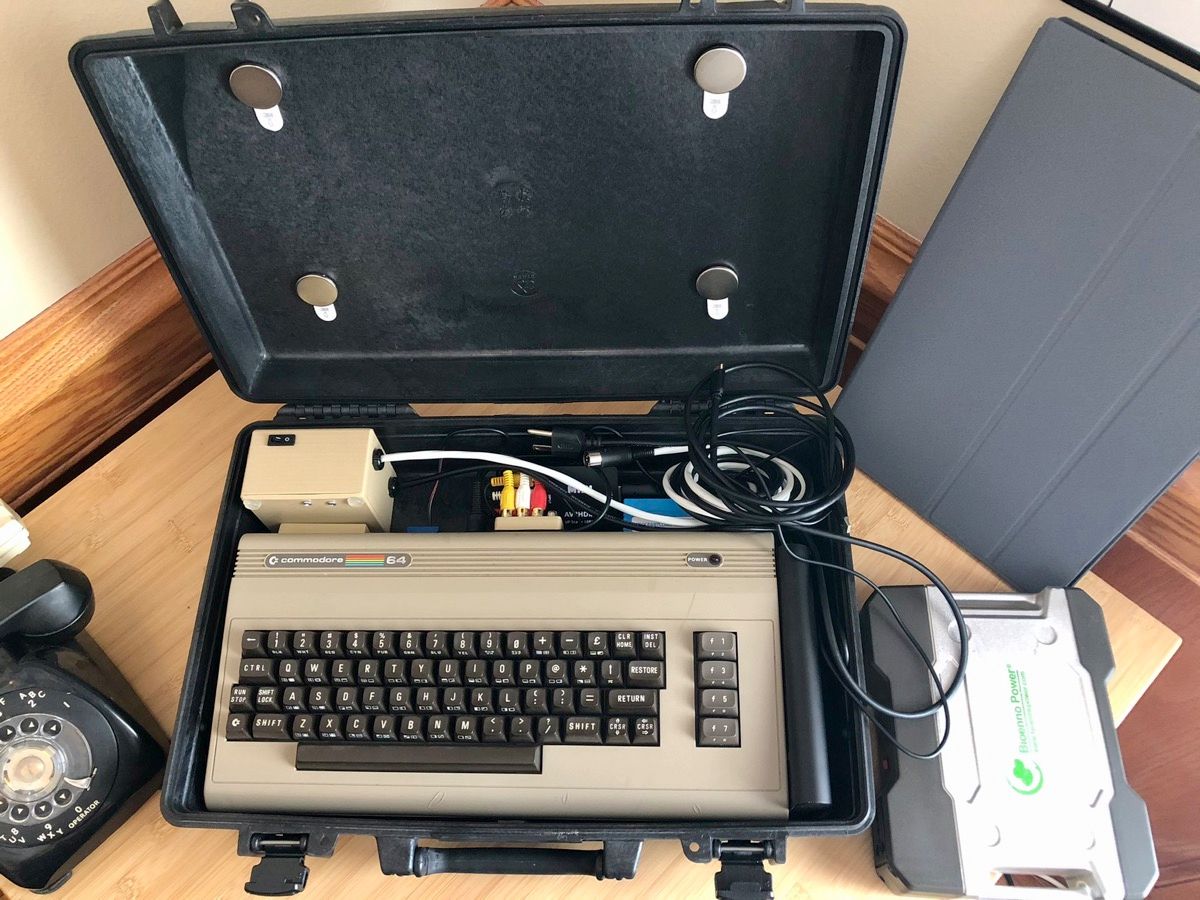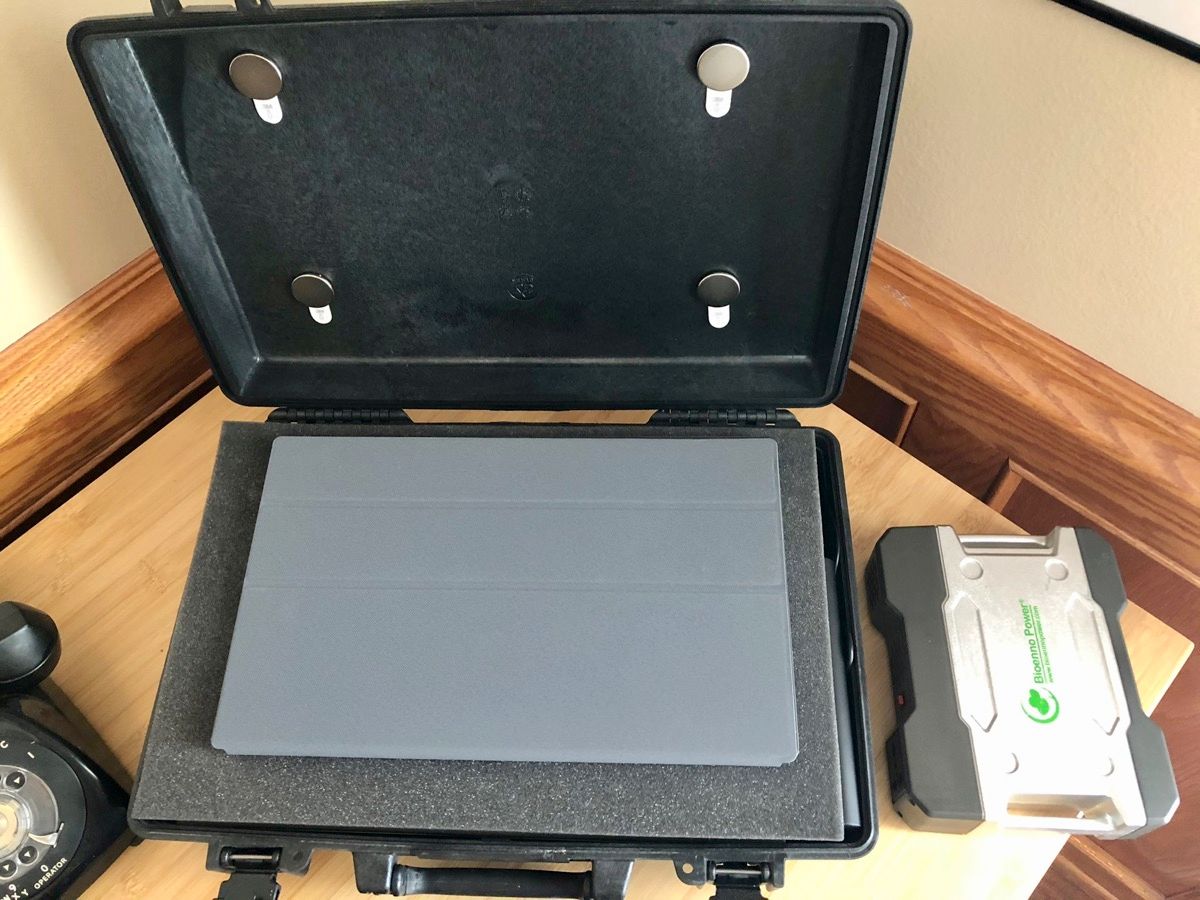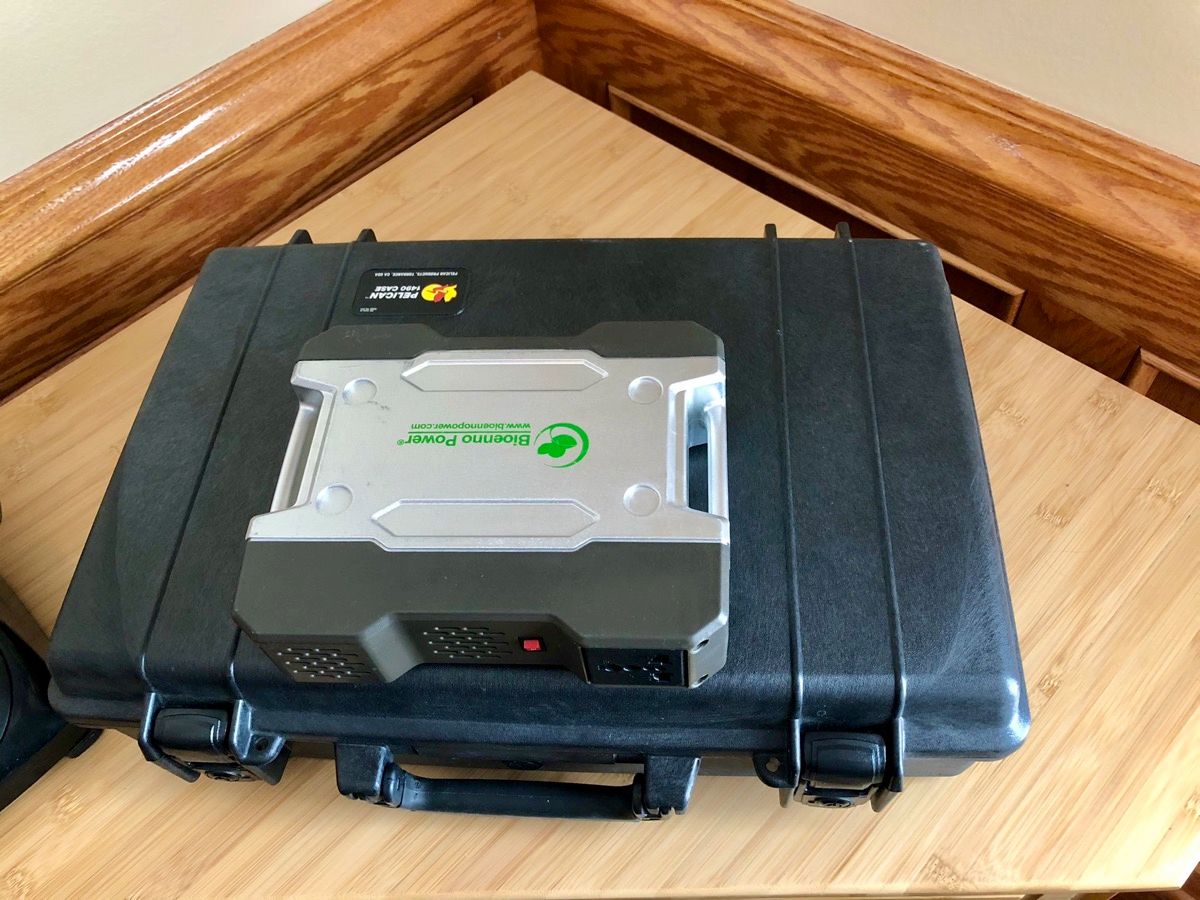The Commodore 64 N.O.O.C.U.L.A.R. futbal project
By Michael Doornbos
- 6 minutes read - 1106 wordsConcept Cyberdeck
I’m fortunate to have a number of vintage computers I’ve collected over the years. Some were fun finds, others donated. One I’ve had since 1983 (we think) and it’s one of my most prized possessions.
I travel a fair bit and not long ago I was looking for something for my “TheC64” to do. It’s technically an emulator, but with it’s accurate Breadbin keyboard and REU support it makes a pretty decent development platform for some things.
One day, when I was at my hangar and needed a break, I had an idea for one of the Cipher series programs and didn’t have a reasonable way to work on it. My workhorse Commodore was 40 minutes away and by the time I finished up what I was doing and made it home, I’d lost the thrust of the idea.
Strike while the iron is hot and all that…
That evening I looked at my mostly unused “TheC64” up on a shelf and had an idea.
I grabbed my portable external monitor and a well used but perfectly serviceable Pelican 1490 case.
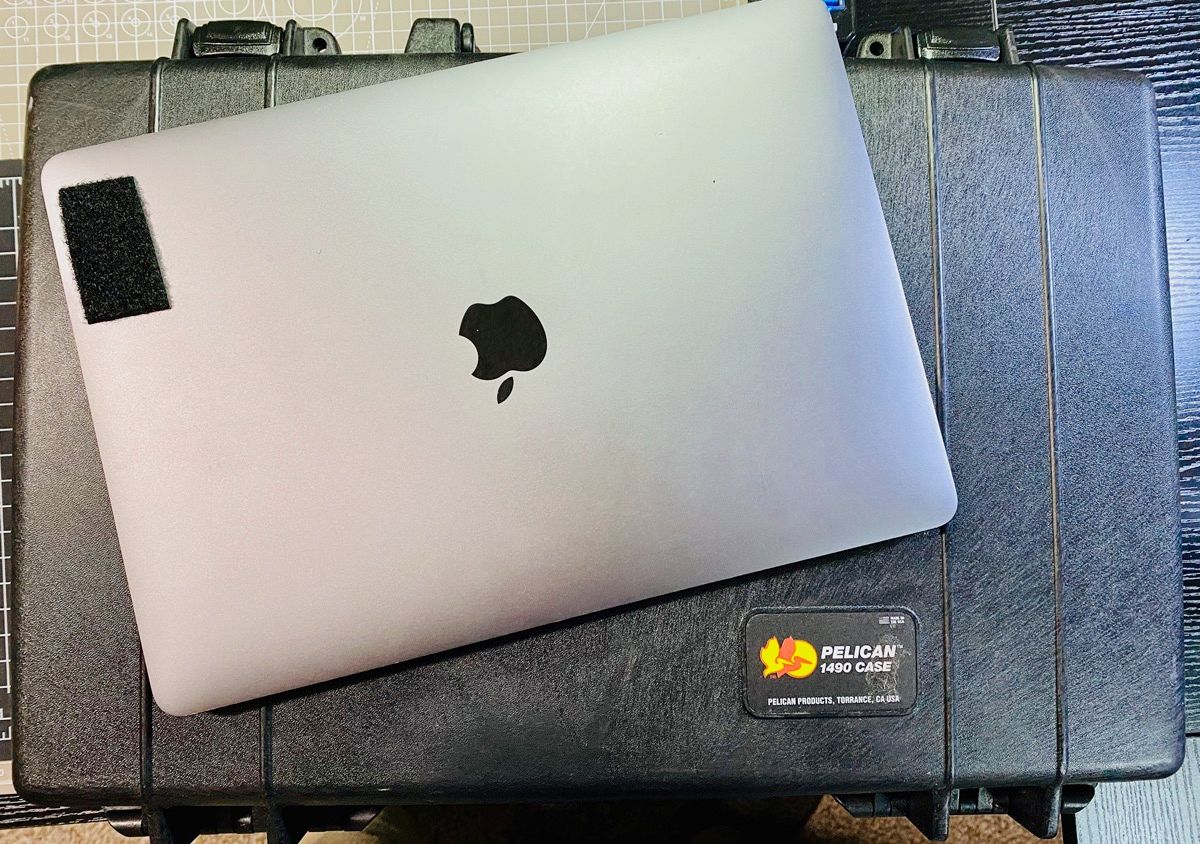
With my MacBook pro for size comparison
To my surprise, the Bread-bin machine fit into the case close to perfectly. I set the monitor inside the lid and connected them both to a large lithium battery and almost instantly had a portable development rig.
I grabbed my Ultimate 64. It’s one of the best pieces of hardware ever to have been created besides a real Commodore 64. Mine is in a 64C case and it also fit!
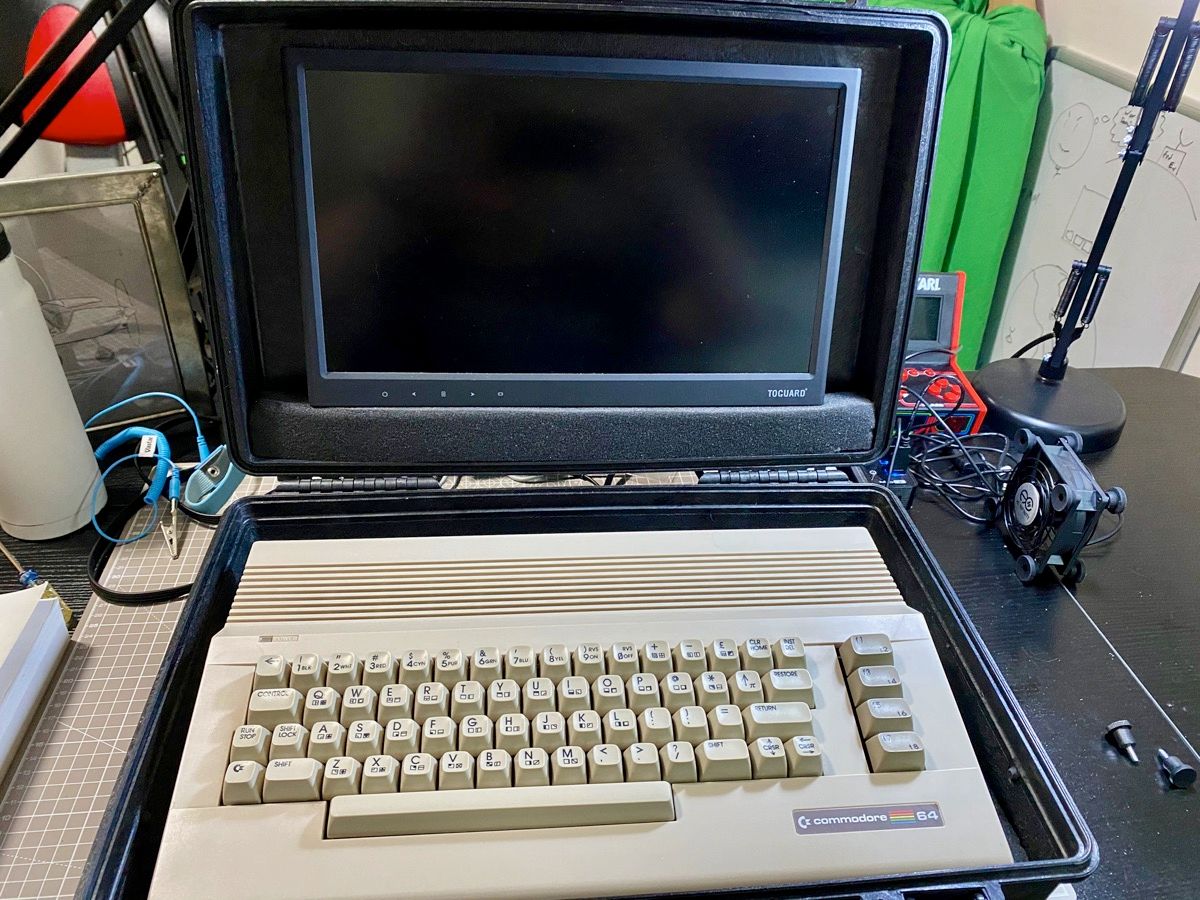
My Ultimate 64
The idea was born…
Two configurations
It’s not practical for power reasons to use a Vintage Commodore 64 for this. PLUS I don’t want those old computers exposed to any elements outside of my climate controlled office and workspace. They are just too precious to me. But the Ultimate64 and “TheC64” both are reasonable candidates for my needs.
But which one should I set this up for?
BOTH! Let’s have both!

Power
The only REAL technical problem with the setup is power. I have two flat monitors, one is 12V and the other is a 5V model specifically designed to be plugged directly into a laptop as a portable monitor.
The “TheC64” is 5V DC using a Micro USB plug, which made it the perfect candidate for my initial tests. 5V battery packs made for phones and tablets are more than enough to power the computer and monitor. With a 20Ah pack, I see about 14 hours of runtime which is VERY respectable.
Then came a new idea…
I’ve not done HAM radio stuff in a long time. I got my technician and general class license a decade ago, but the hobby has languished.
Adam AKA @K0FFY_Radio and I were chatting on Twitter. I decided I wanted to get back into digital HAM radio, and coupling it with a Commodore was just the motivation I’d need to get it moving.
I’ve done a fair amount of Space work in the past and a lot of satellite radio contacts. I have most of the gear I need already. I just need an interface to a TNC, which will require a serial adapter.
But this presents a problem for “TheC64”. It doesn’t have a way to make a serial connection. Okay, an EASY way to make a serial connection, but that’s for another article.
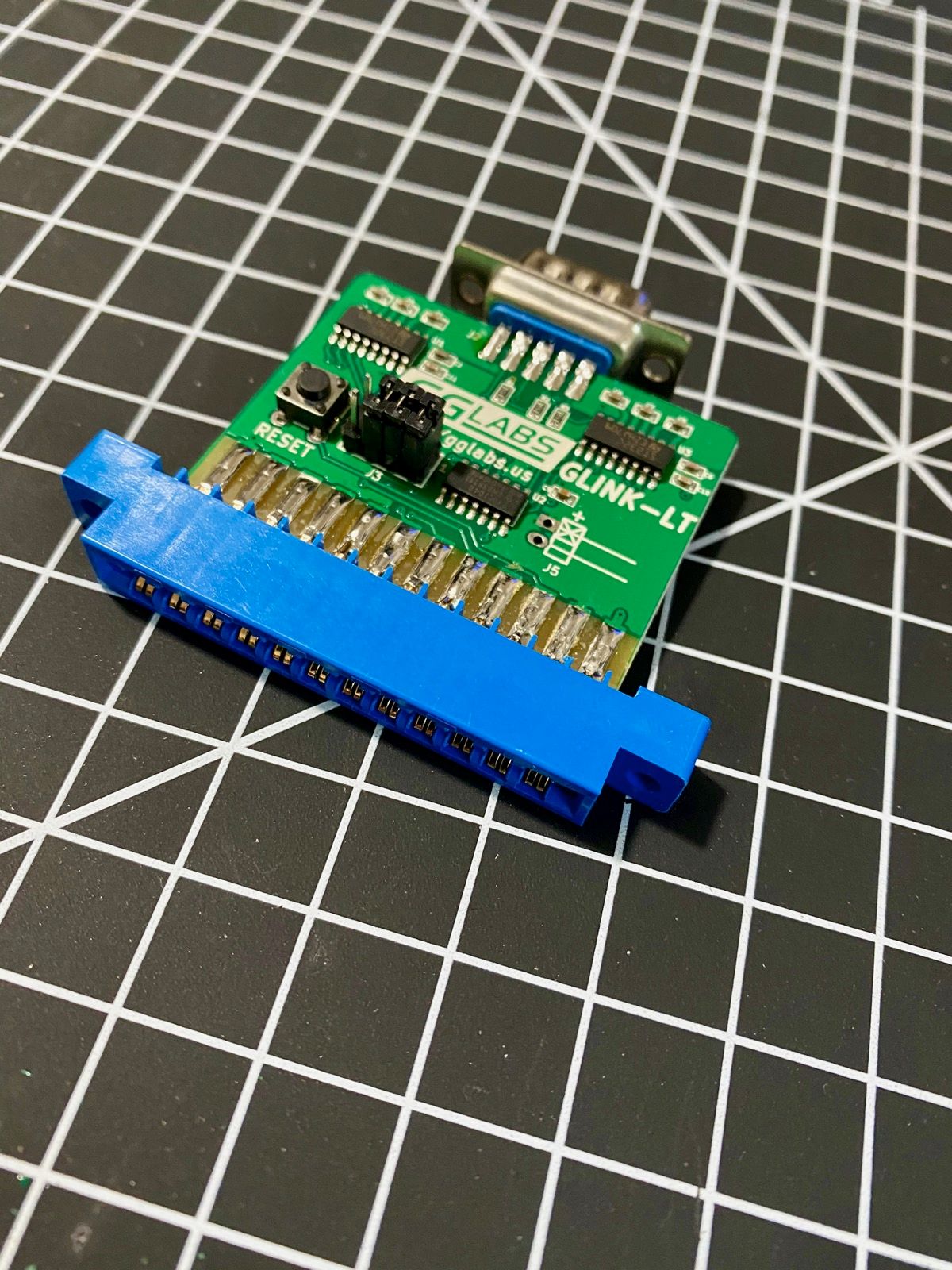
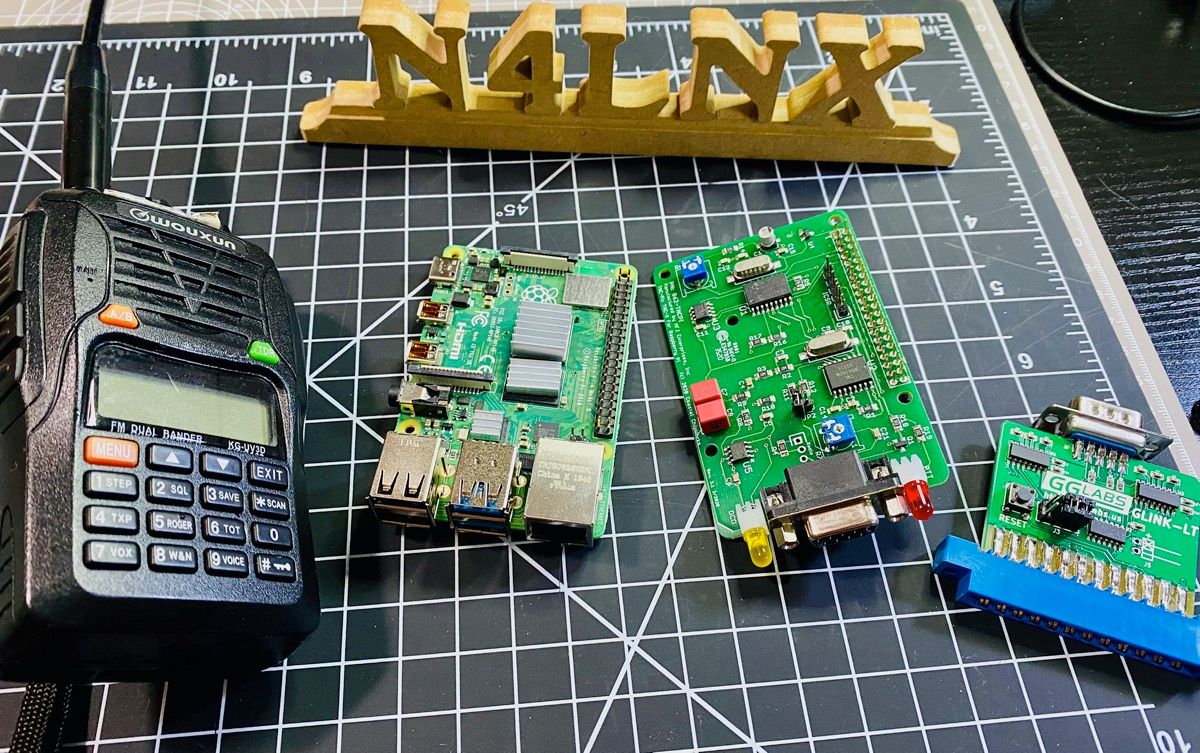
THIS IS A JOB FOR THE ULTIMATE 64!!! (insert superhero music here)
Surely there’s a 12V Lithium power solution right?
So off to Amazon and eBay I went in search of a power solution. Sure I can plug the Ultimate and Monitor into the wall with separate plugs, but I wanted a battery.
It turns out that a company that makes batteries for LED systems had already solved our problem.
The Talentcell (probably sold under many other names) pack has both a 12V barrel plug AND a 5V USB plug on it.

Power problems solved for $60.
Downverter
You could also use a 12V power supply to step down to 5V (or use a 12V monitor). Something like this would work.
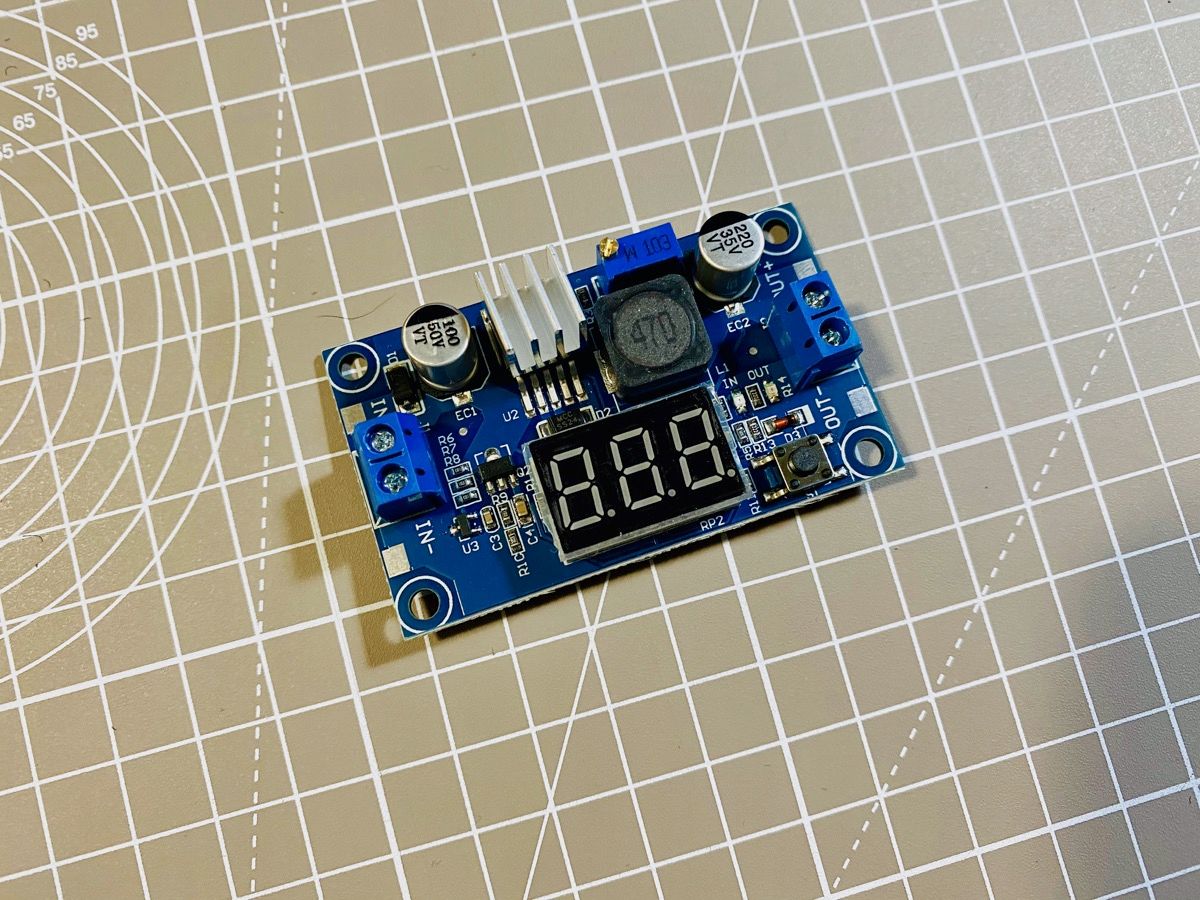
Securing things
I didn’t want to drill holes in cases, even on “TheC64”. Samantha, my best intern ever, once taught me to never over-engineer something if an obvious solution presents itself.
Next to my desk is my 65L Osprey Hiking pack. I pulled off the chest straps and sure enough, they had just the right combination of flexibility and stiffness to hold the machine in place, while giving the whole thing a 10 second change process from one machine to the other.
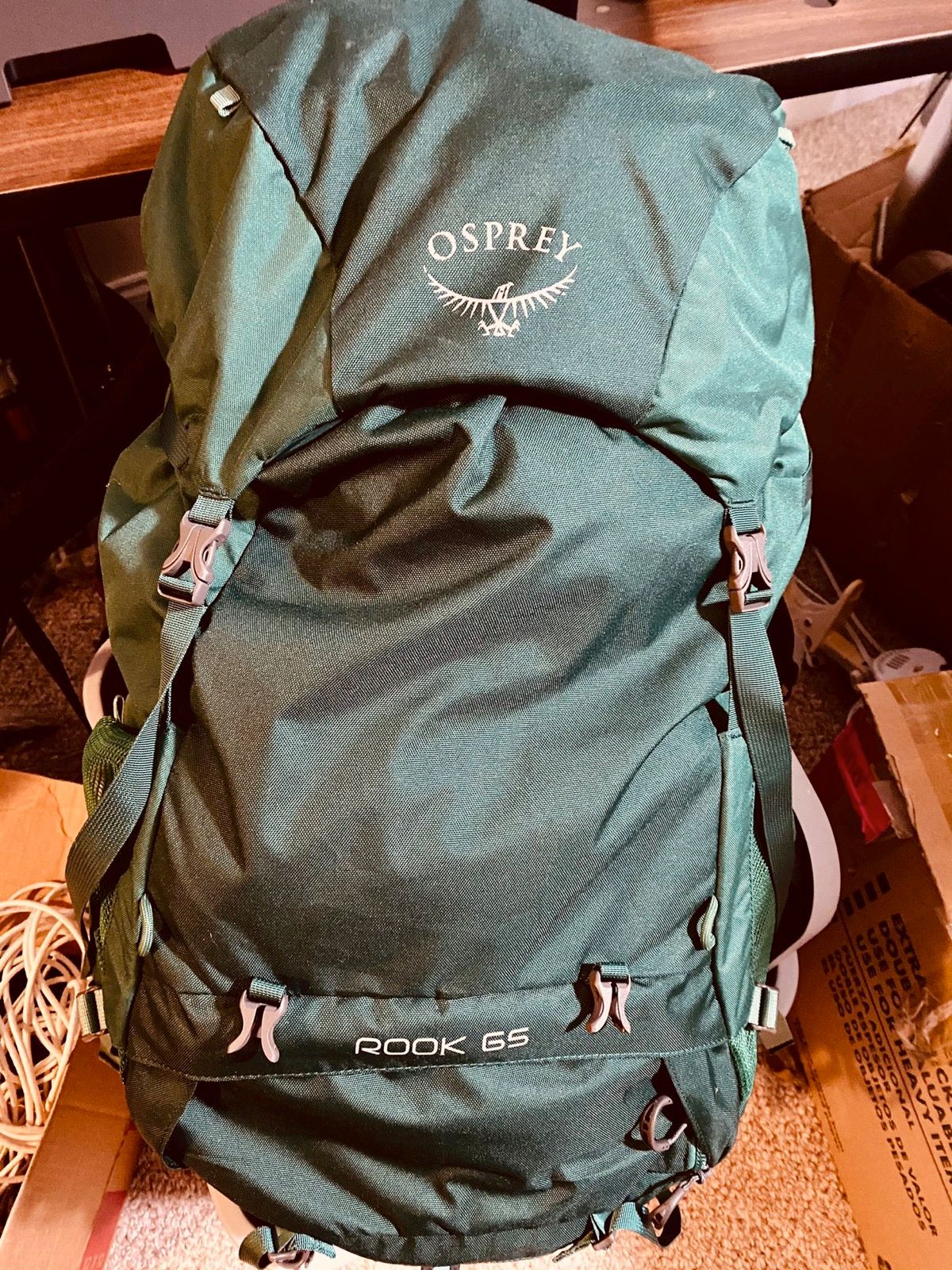
Yes, I ordered replacements for my trusty pack. It’s an important part of my sanity!

Simple is better.
I actually drilled through my Pelican case to attach the straps to the case and used a little sealant on the threads. I don’t need this “chuck it in the ocean” waterproof so it’s what I did.
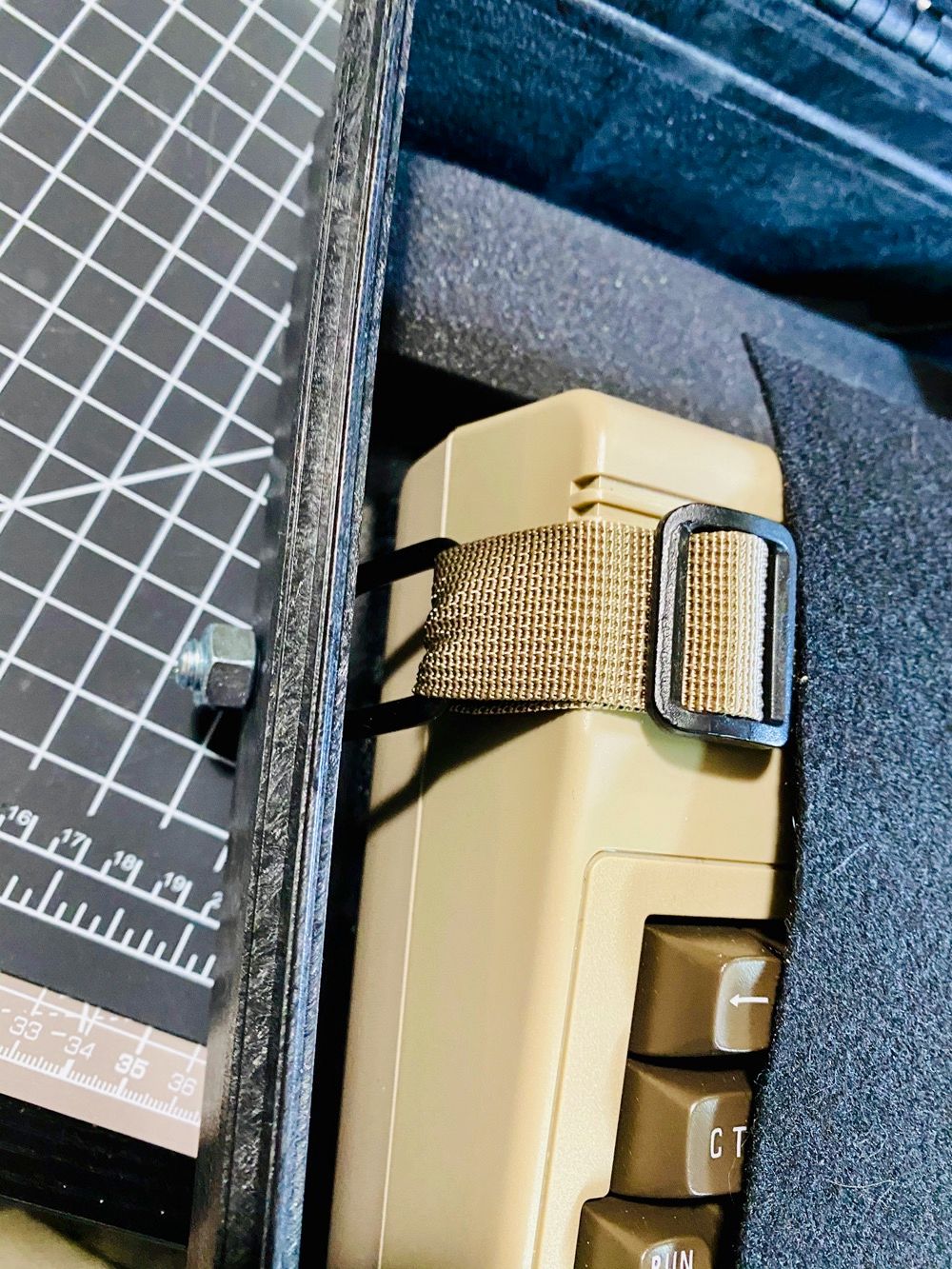
I have the monitor attached with a mount I created on my X-Carve. I think this is serious overkill and if I was going to do it again, I’d use 2 inch wide high quality velcro. The monitor can’t weight a pound, so it probably isn’t going anywhere.
The Ultimate fits just as well
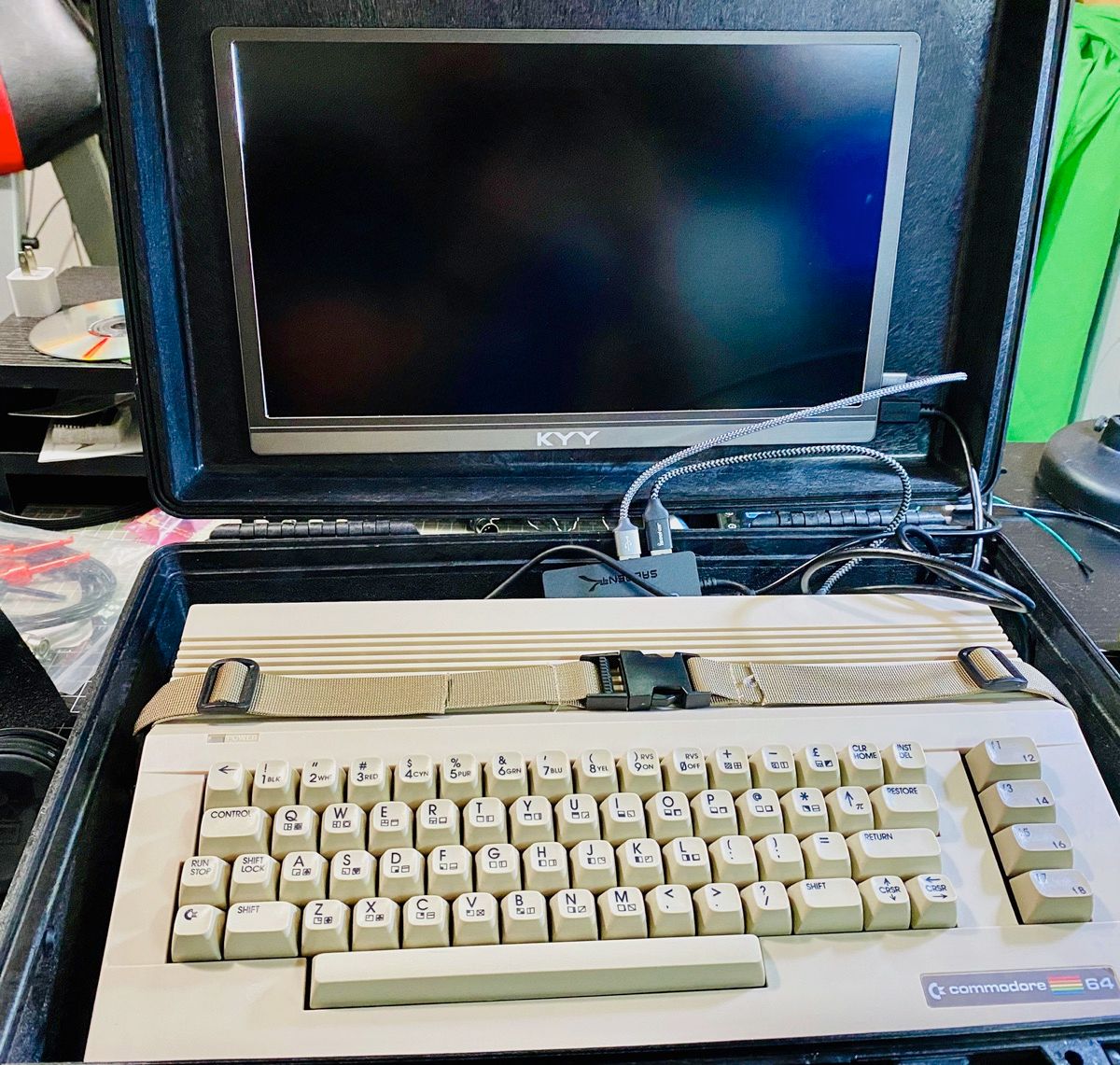
The name
In an effort to be as ridiculous as carrying around a Commodore type portable is, I went to the internet in search of a name. There was a lot of talk about it looking like a Nuclear football that the American President has near him at all times.
When I suggested that I liked the comparison on the condition that we call it Noo-Cue-Larr in honor of the most annoying pronunciation of this word, my friend Franklin coined it:

This is brilliant and ridiculous. Perfect for this project. It stuck.
You can make your own portable Commodore Rig, but there will always be only one Noo-Cu-Larr model ;-)
Action shots
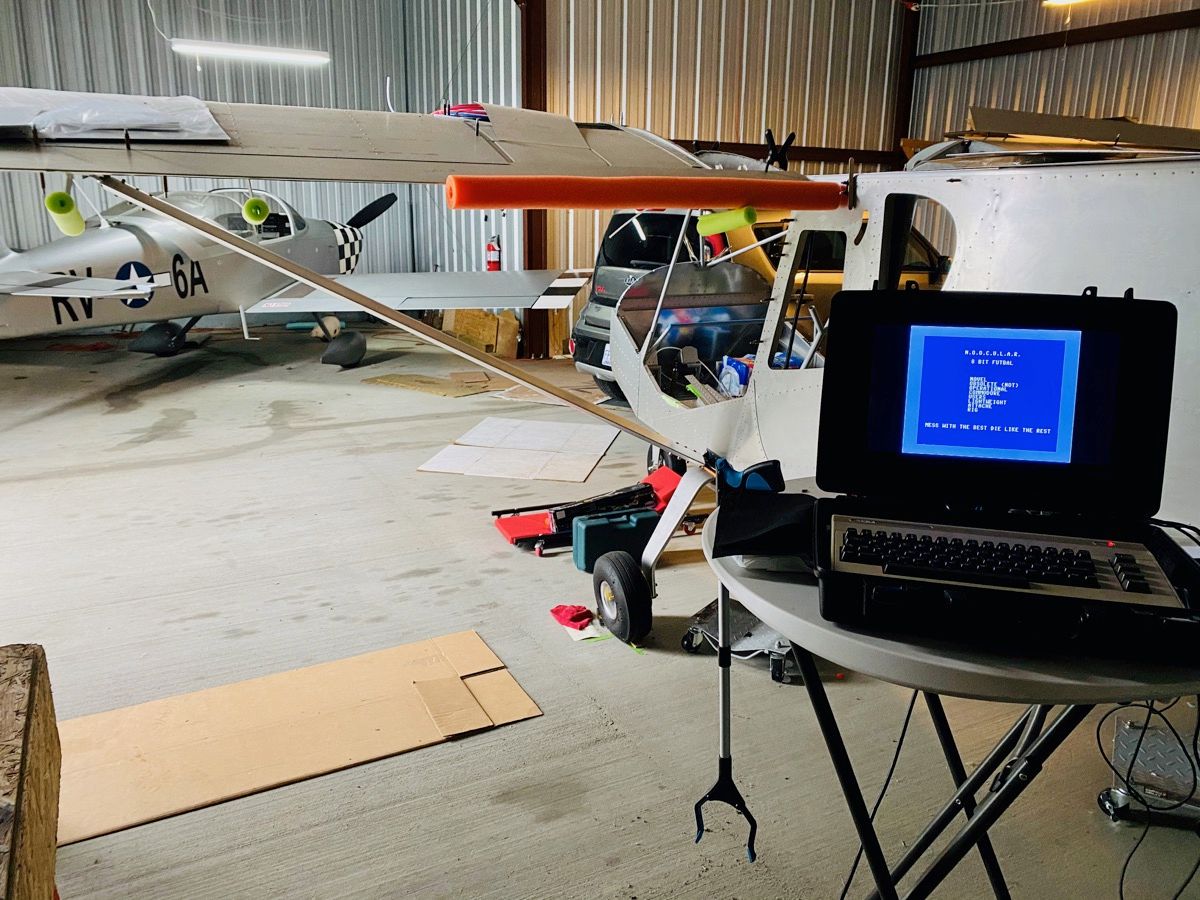
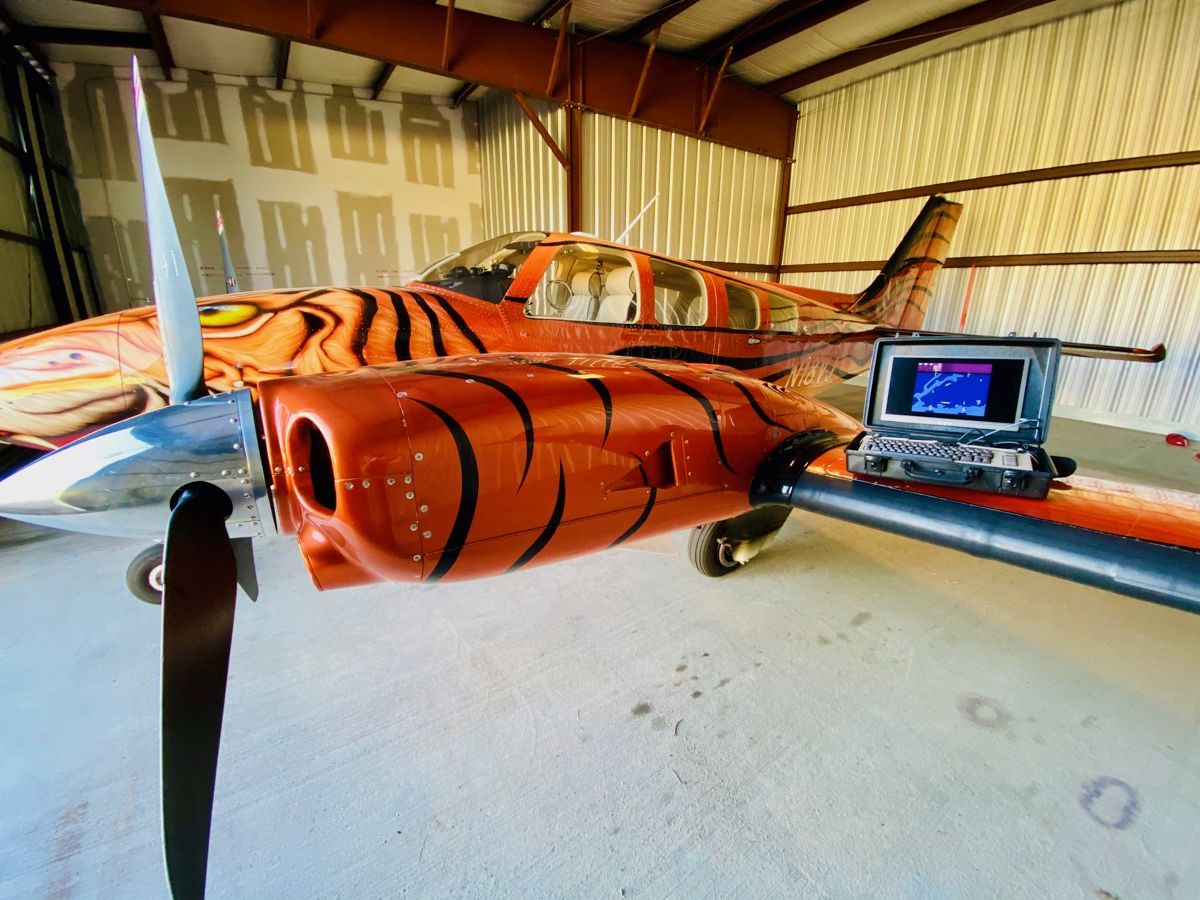
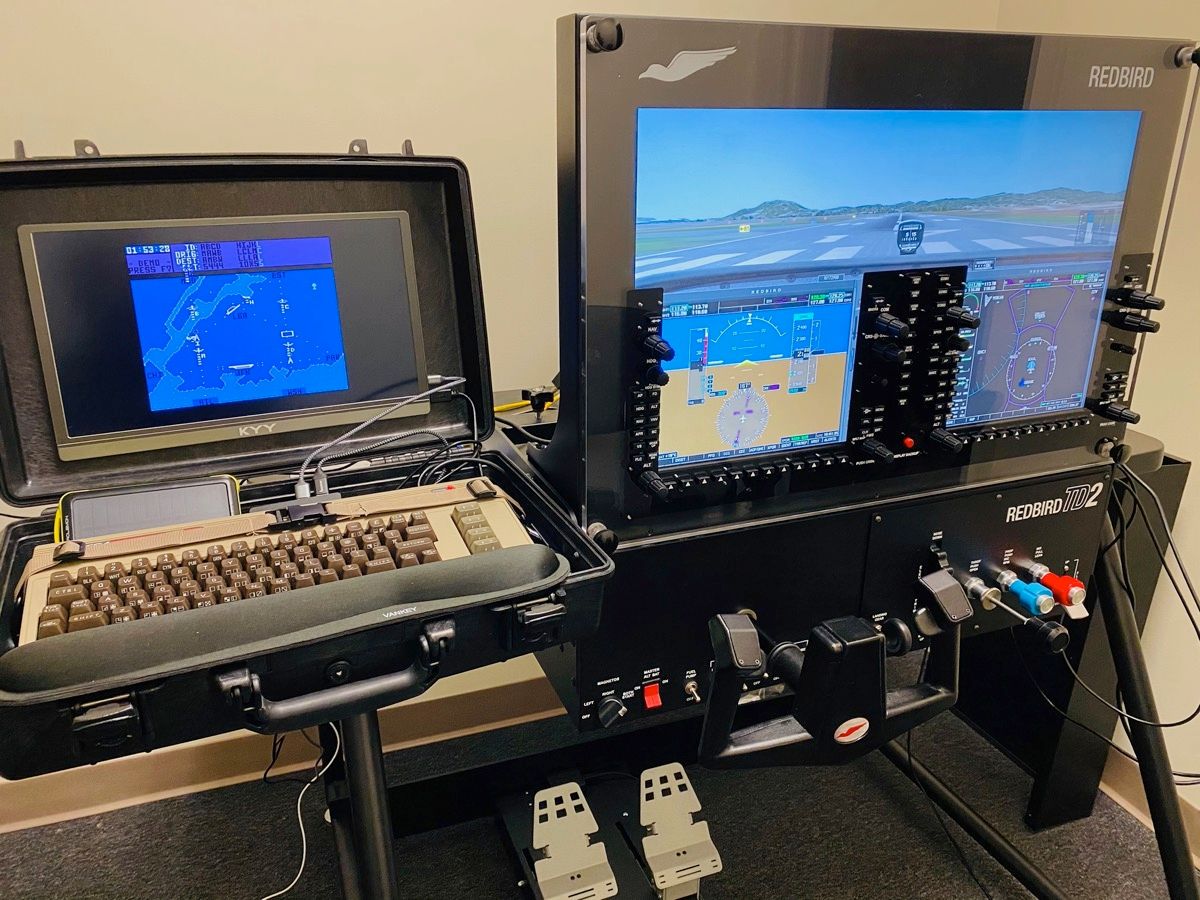
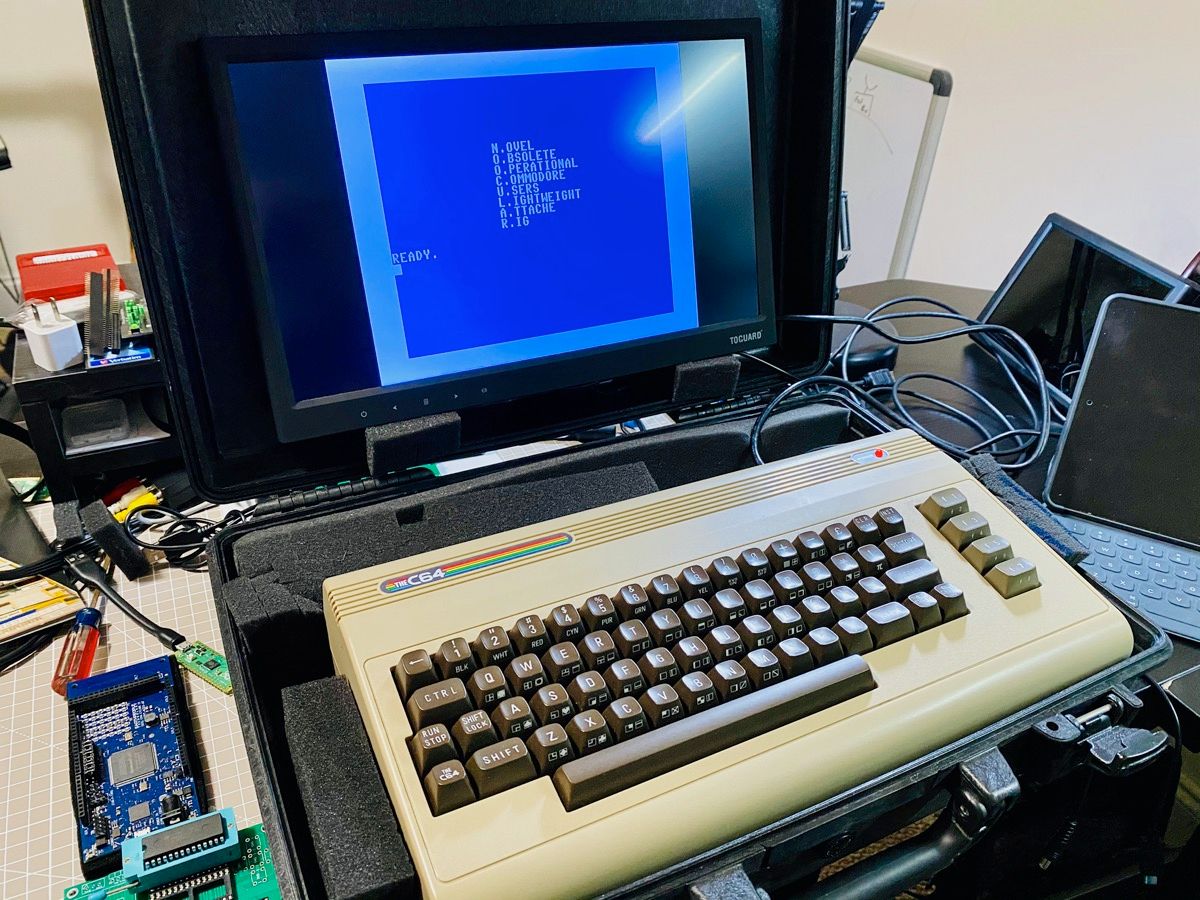
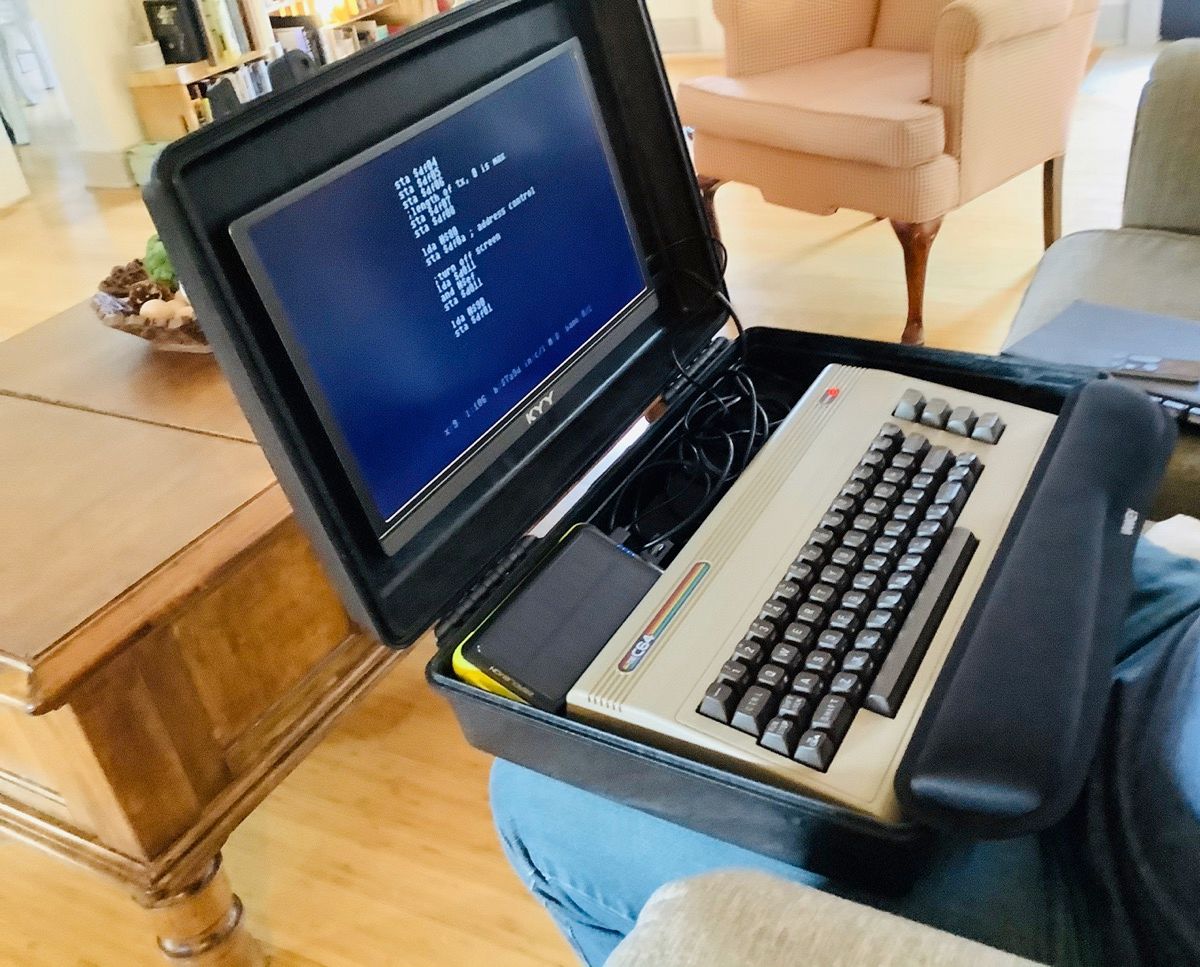
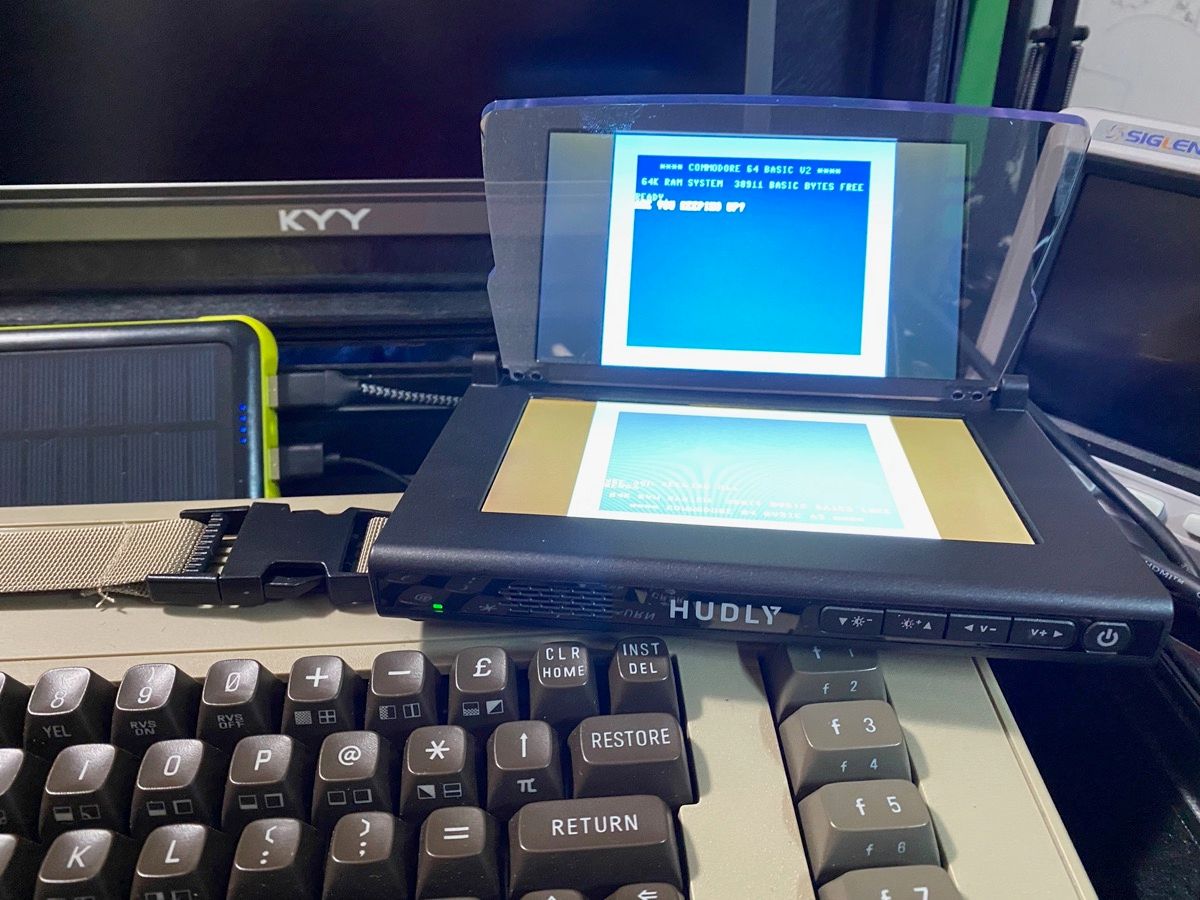
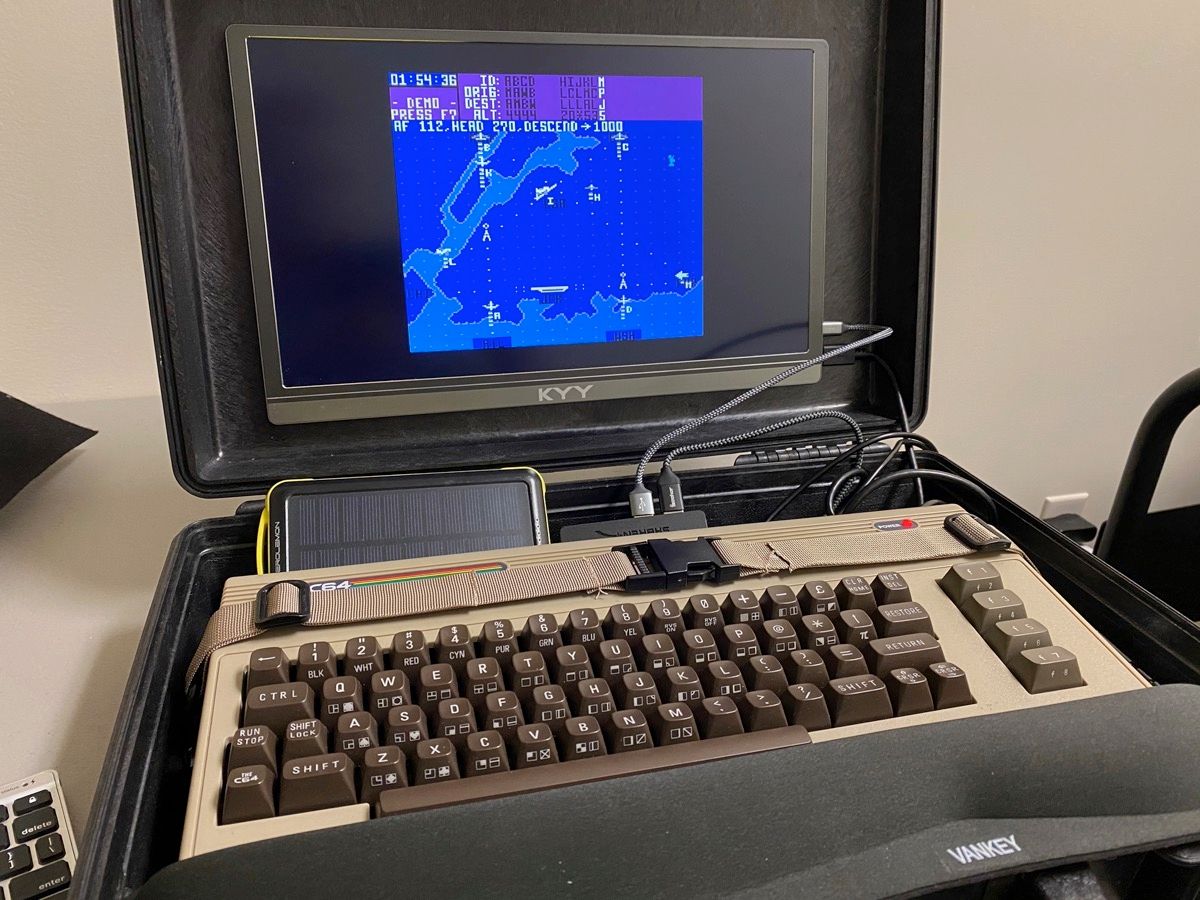
What’s next?
A passthrough charging and power solution with a single wall plug would be nice. That way I don’t have to disconnect anything to keep using it.
I’ll be working with this setup on the Cipher series (now 20 planned parts so far) and to work on Satellite communications using the Commodore (Ultimate64) as the Terminal interface.
I’m also planning to put one in my airplane build.
Are you going to build one? What would you use yours for? I’d love to hear about it.
Adam’s rig
Adam is well on his way to his own version of this rig, also based on the Pelican 1490 case:
